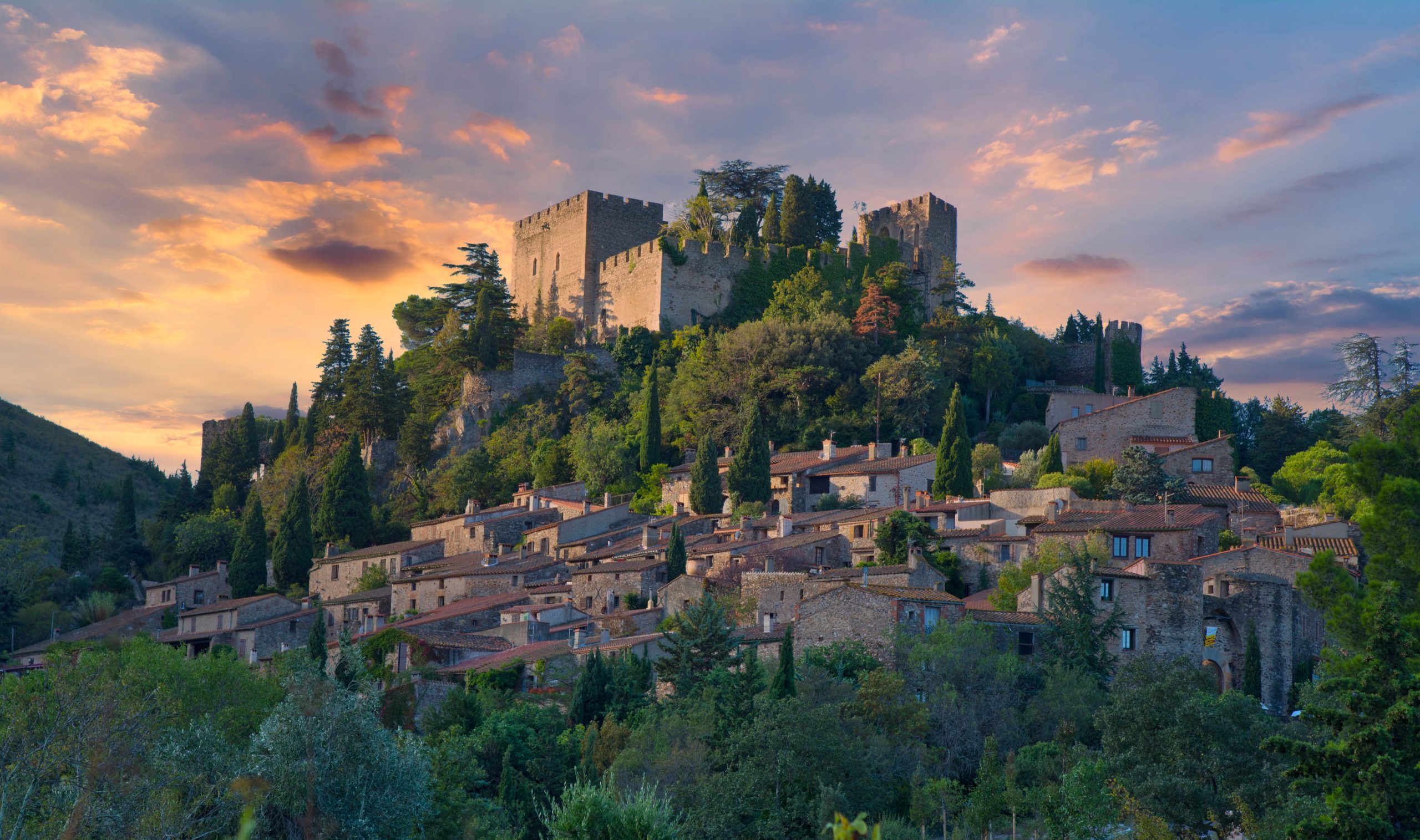THE PASTEL PLANT
THE GOLDEN TRIANGLE REFERS TO THE AREA BETWEEN TOULOUSE, CARCASSONNE, AND ALBI, WHERE THE PASTEL PLANT WAS ONCE CULTIVATED. THE PASTEL PLANT MADE THE FORTUNE OF THE TOULOUSE REGION FROM THE 14TH TO THE 16TH CENTURY. A PLANT WHOSE SMALL YELLOW FLOWERS, CRUSHED AND DRIED, WERE USED TO DYE FABRICS AN EXCEPTIONAL BLUE.
It is one of the most flamboyant epics that the Toulouse region has known. Its production was very complicated. Pastel plant was worth its weight in gold. All over Europe, the nobility was crazy about it. It was the color of the powerful. Only the richest could afford it.
Before “ennobling” fabrics, plants were once rolled into balls, called coques or cocagnes. In this Tuscany-like southwest of France, the precious plant flourished as if in its garden. Hence the expression “pays de cocagne” is associated with the fortune of the capitouls, the elected representatives of Toulouse, with that of the great Albigensian families, but also with the prosperity of the landowners in the fertile valleys of the Lauragais and the Tarn.
Pastel dyeing and its know-how are registered as a French intangible cultural heritage.
The State has just registered in the intangible cultural heritage the “know-how related to the dyeing of the pastel in the country of Cocagne.”
This sector embodies a unique tourist and cultural attraction. Also, it represents 20 textile dyeing companies, nearly 30 natural dyeing textile finishers (including pastel), a community of master dyers, craftsmen and designers, researchers, and scientists working to optimize the extraction and dyeing processes.
Terre de Pastel in Toulouse:
Led by Jean-Jacques Germain, in association with Sandrine Banessy, Terre de Pastel is a great resource center for pastels—a 1500 m2 space dedicated to pastels: a place of exception and innovation. Terre de Pastel reveals all the secrets of pastel, the legendary plant that made the fortunes of the Pays de Cocagne.
Located in Labège, at the gates of Toulouse, the Pastel Museum is dedicated to the mysteries of Blue and its natural plant source, the Pastel Isatis Tinctoria L., a treasure of Occitanie’s heritage.
Pastel dyeing workshop and guided tour of the museum.
Guided tours of Toulouse and Albi in the footsteps of the pastel makers of the 16th century.
The Spa Bleu par Nature® is the world’s first health and wellness centre dedicated to the most innovative application of pastel, the pastel© therapy.
Here you can discover the natural benefits of the natural plant cosmetics Pastel Bleu par Nature®.
https://www.tourisme-occitanie.com/fr/fiche/poi/terre-de-pastel-labege_TFOPOICRTL1648651150/
Le Chateau des Plantes in Cambounet sur le Sor (near Castres, in the Tarn department)
Come and discover the pastel fields on 3 hectares, the harvest, the production of the pastel blue, making your own hulls as in the Middle Ages, and participating in the pastel dyeing workshops.
Come and discover all the secrets of pastel on the Château de la Serre estate: pastel fields on 3 hectares, harvesting, production of pastel blue, workshops to make your own “shells” as in the Middle Ages, and participate in pastel dyeing workshops.
On the same site, you will also find lavender cultivation and visit the SIRIUS Company’s distillery (world specialist in organic essential oils for more than 25 years) and supplier of the largest aromatherapy companies in Europe, Japan, and the United States.
Finish your visit by discovering the unique collection of more than 150 essential oils at the store “A Côté du Potager.”
Bleu de Lectoure in the Gers department
Since 1994, Le Bleu de Lectoure has been developing a project to promote the use of pastel (Isatis Tinctoria) through the cultivation, extraction, and production of the pigment for use in fine arts, decoration, and textiles.
By coming to us, you will relive the amazing history of “Isatis Tinctoria,” a cruciferous plant whose leaves produce a striking blue. Rightly considered the best in Europe during the Renaissance, pastel forged the “Pays de Cocagne” legend before being challenged by Indigo and falling. Today, this young company is passionately committed to a project to revive this ancestral know-how through the cultivation, extraction, and production of the pigment for use in fine arts, decoration, and textiles.
Name: Toulouse – Albi – Carcassonne: the golden triangle | The pastel plant
Author: V. SEGAT










